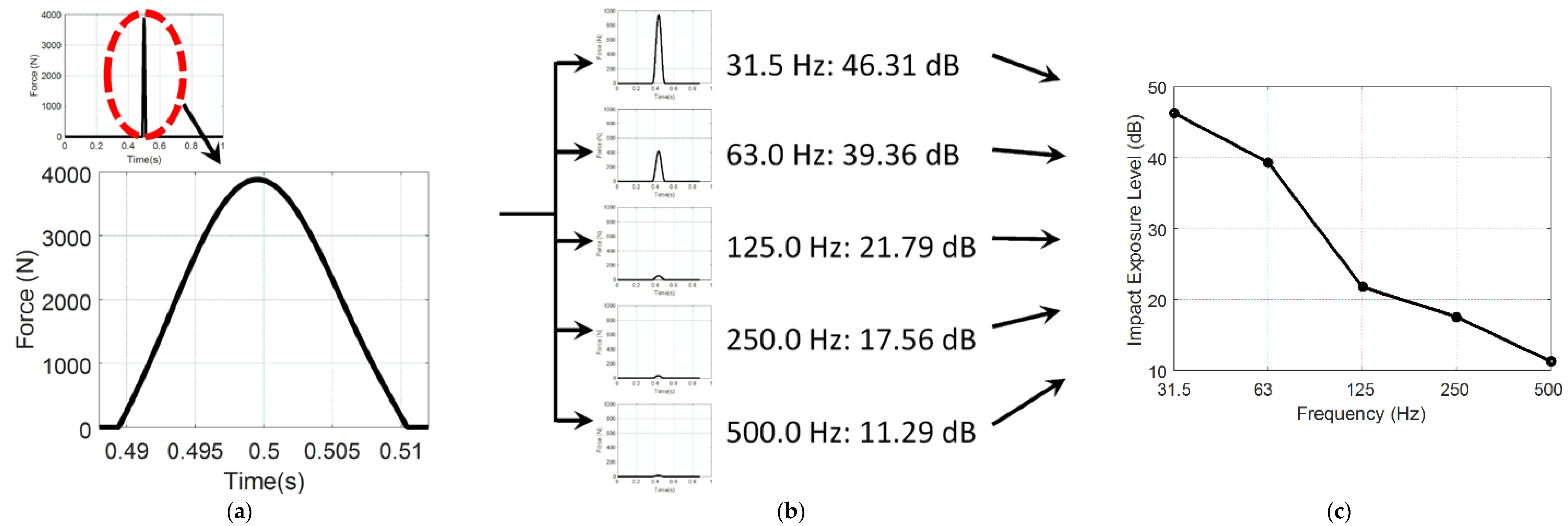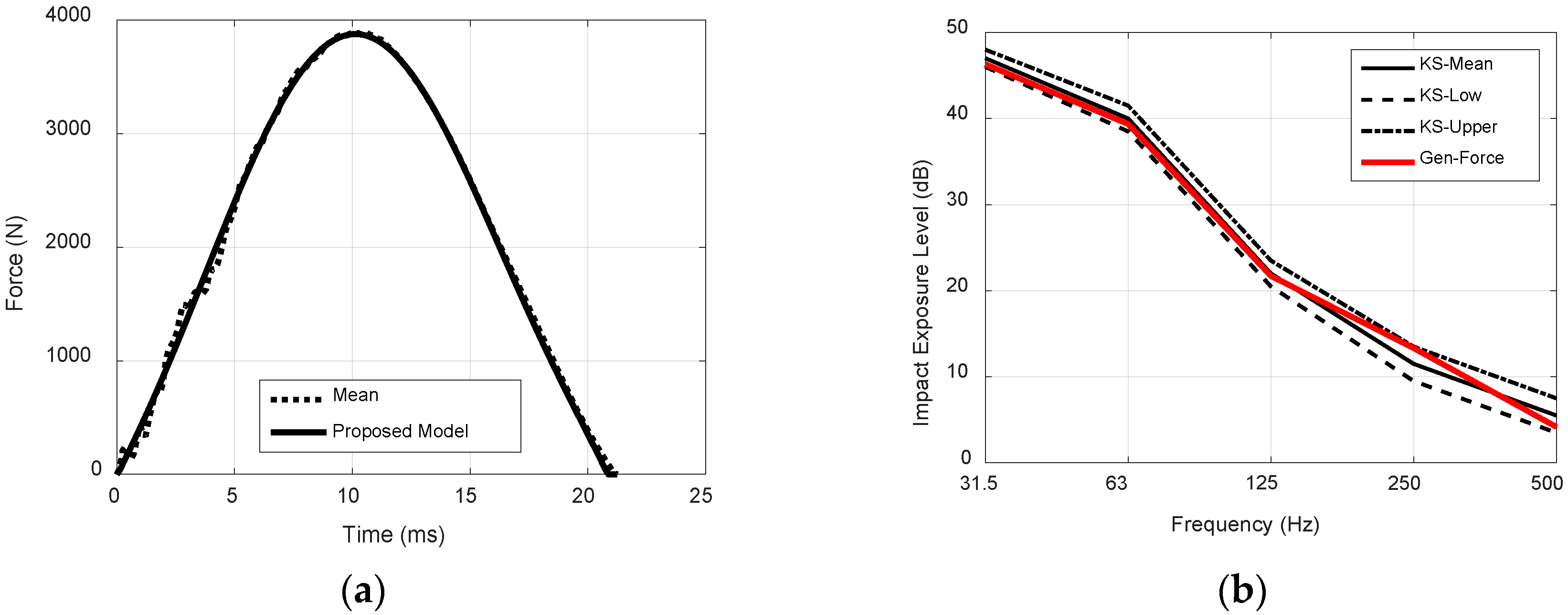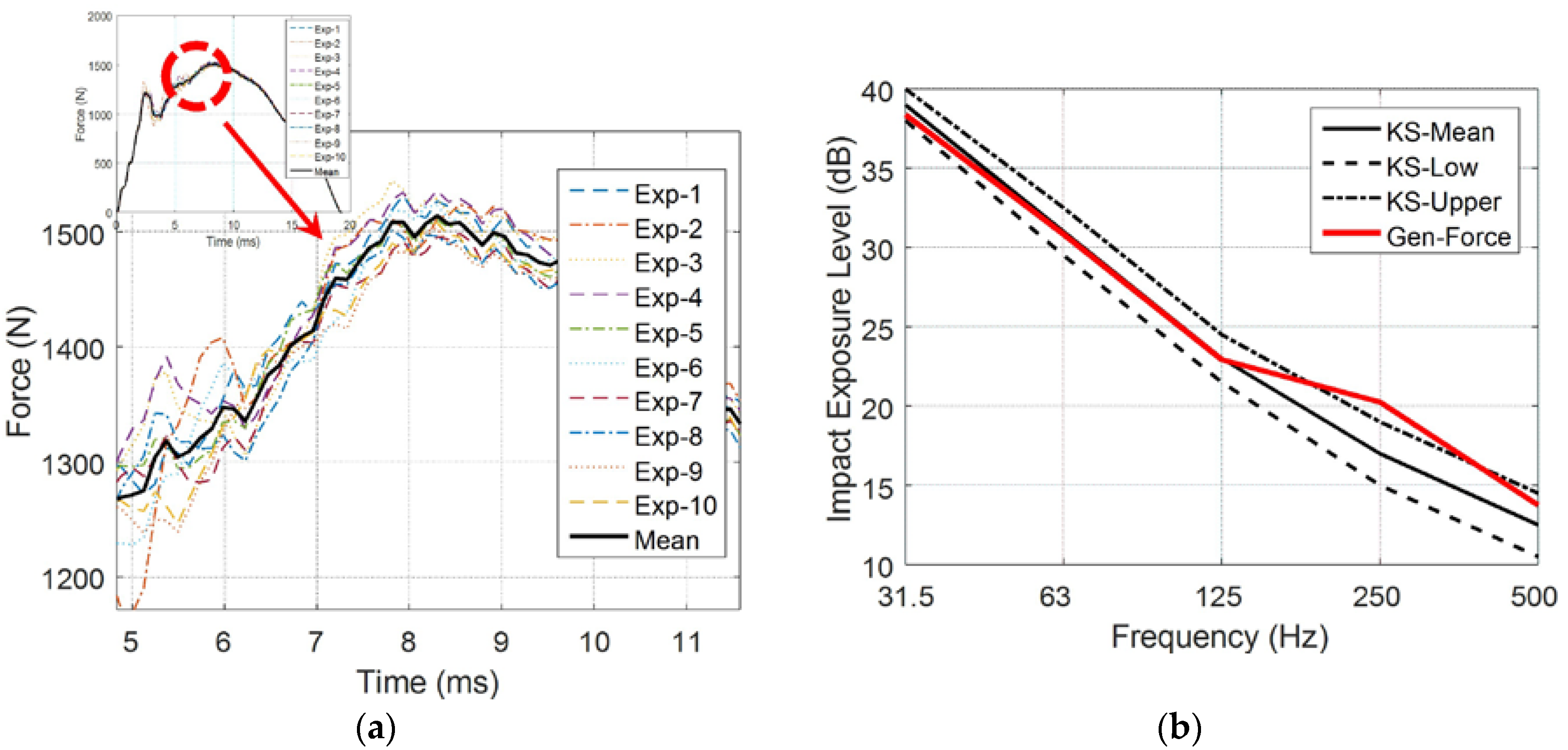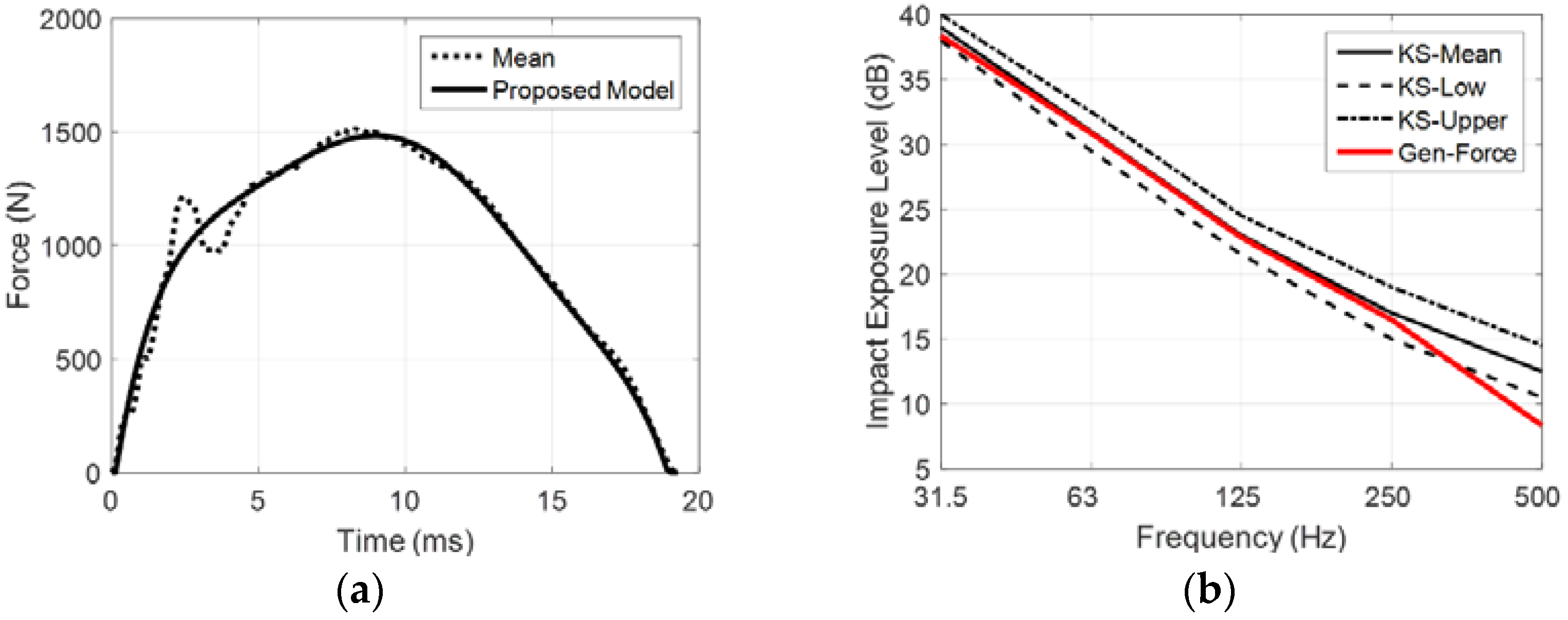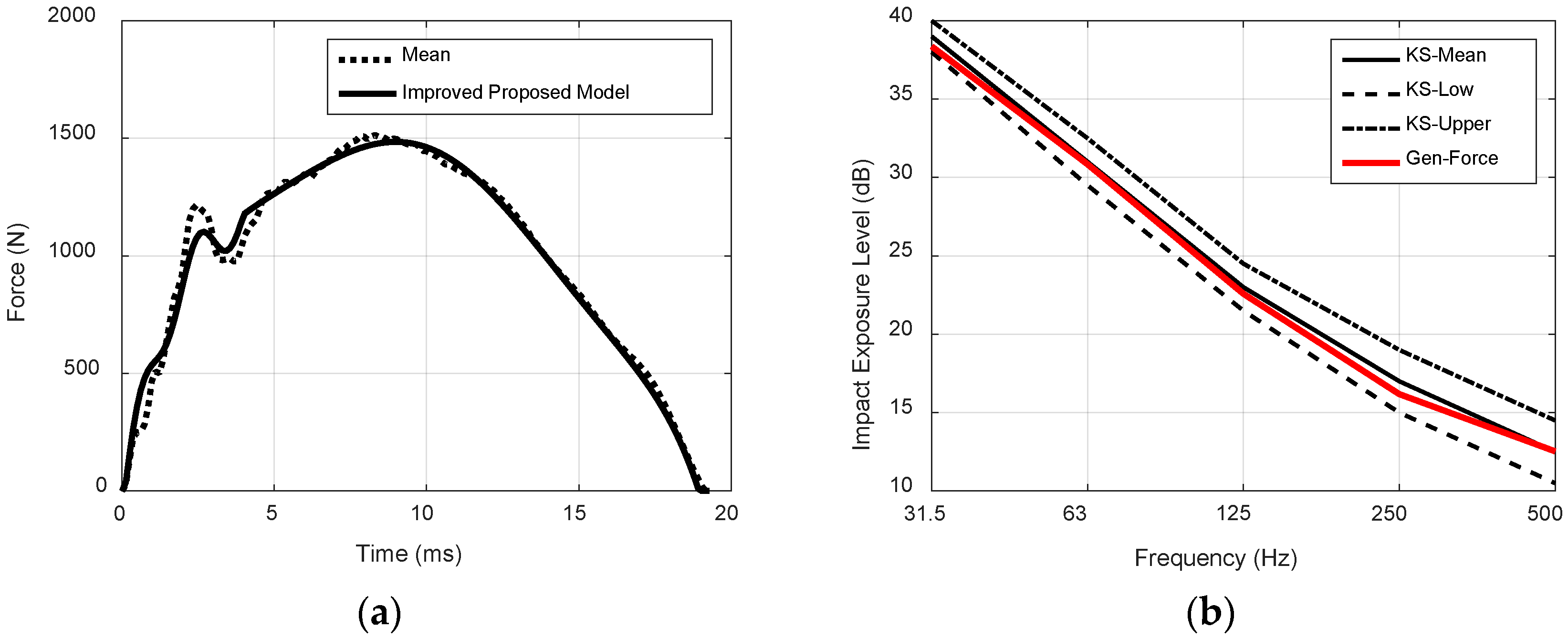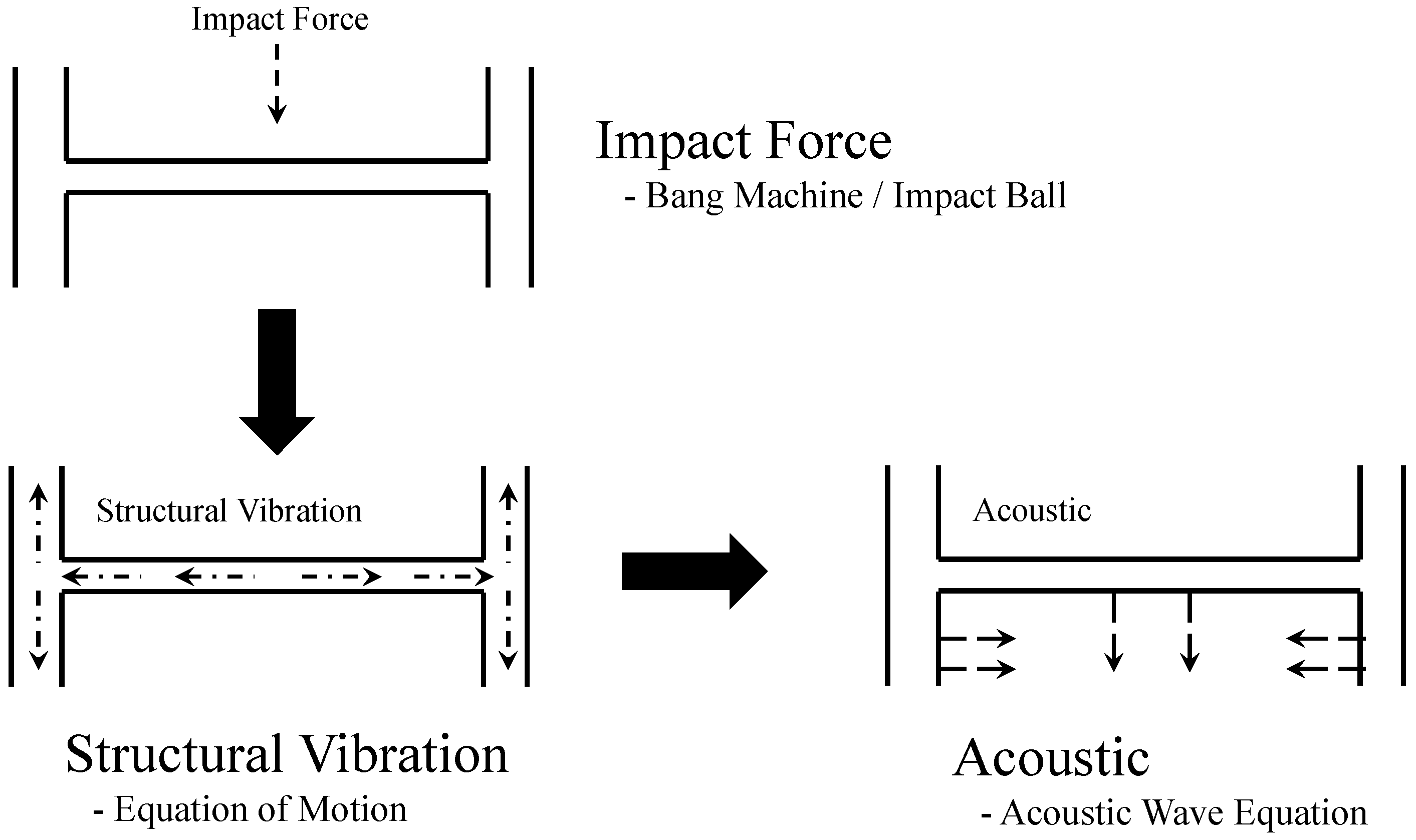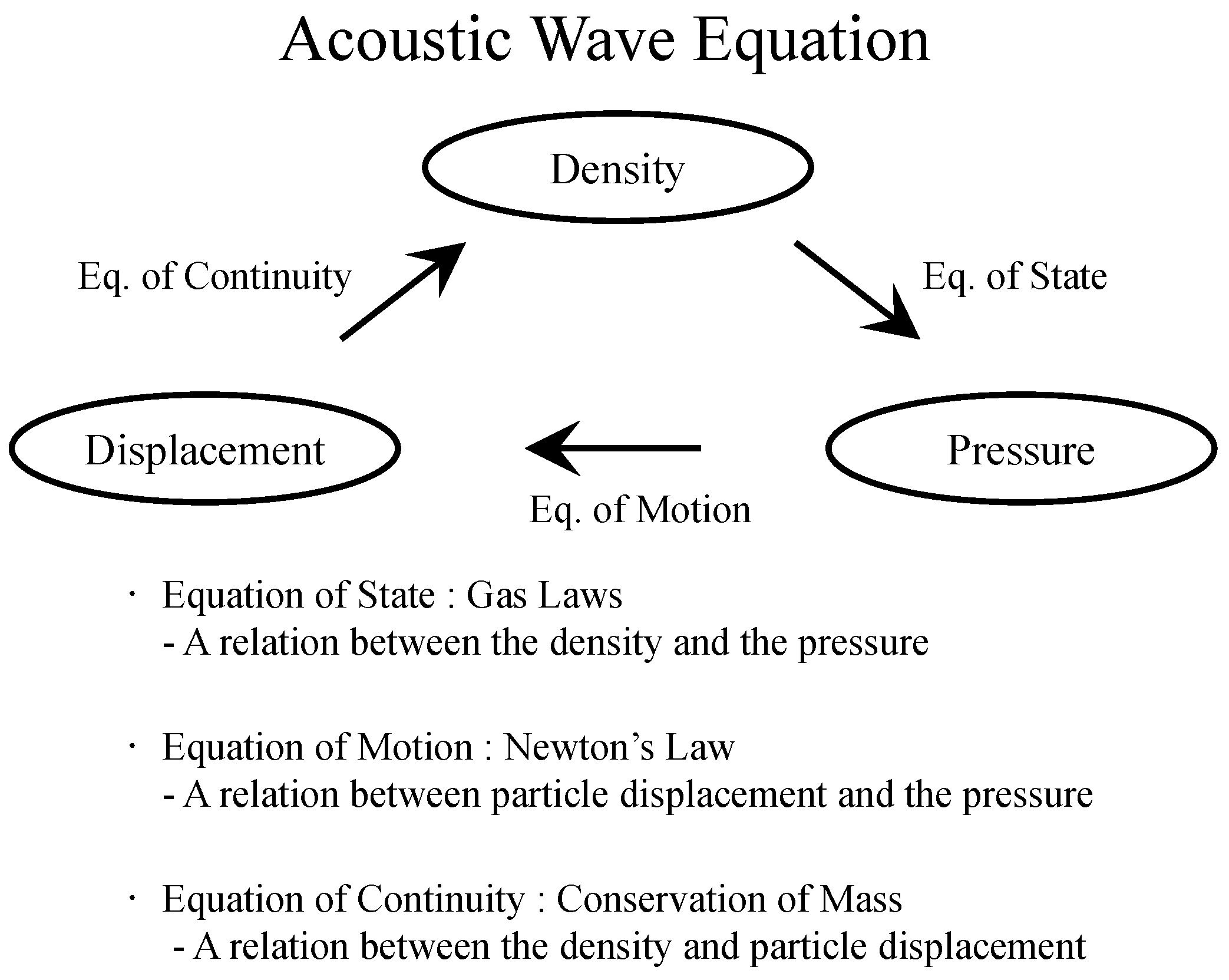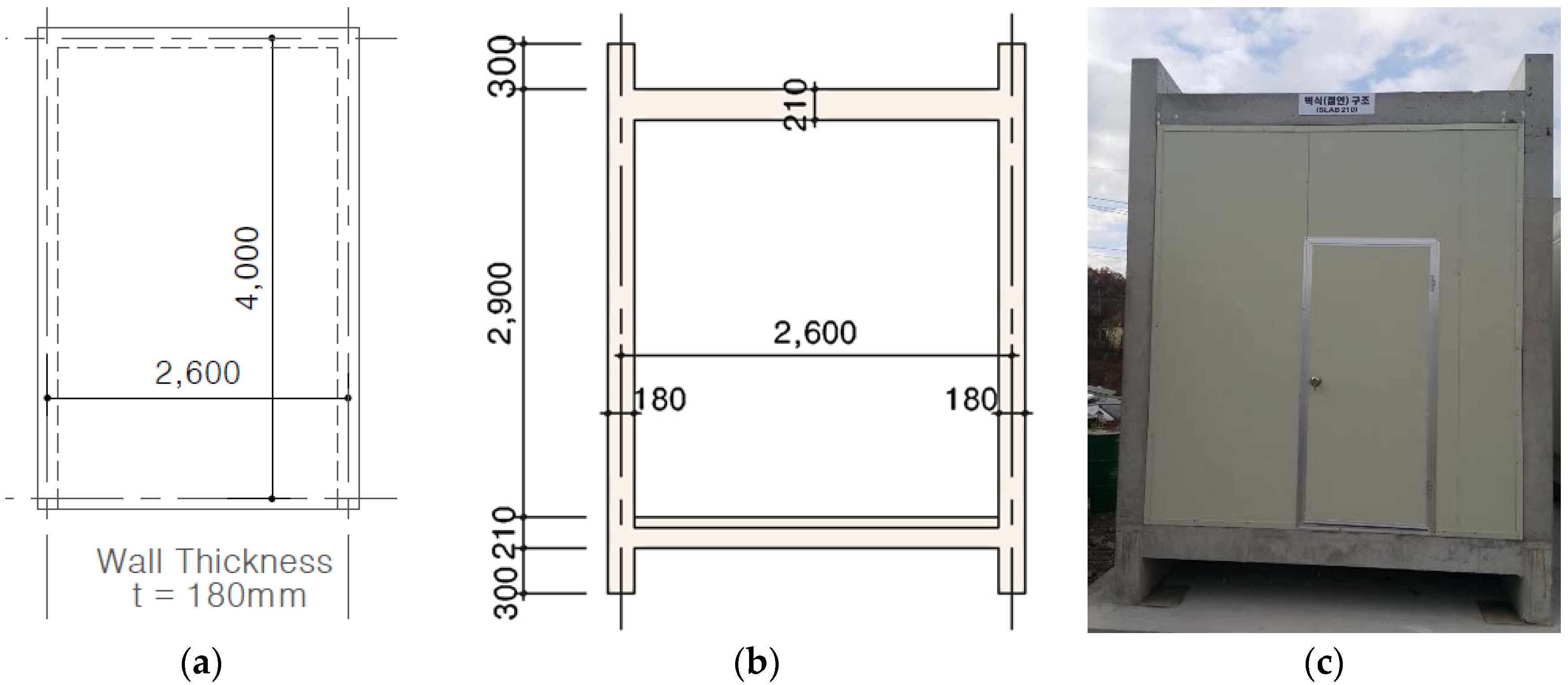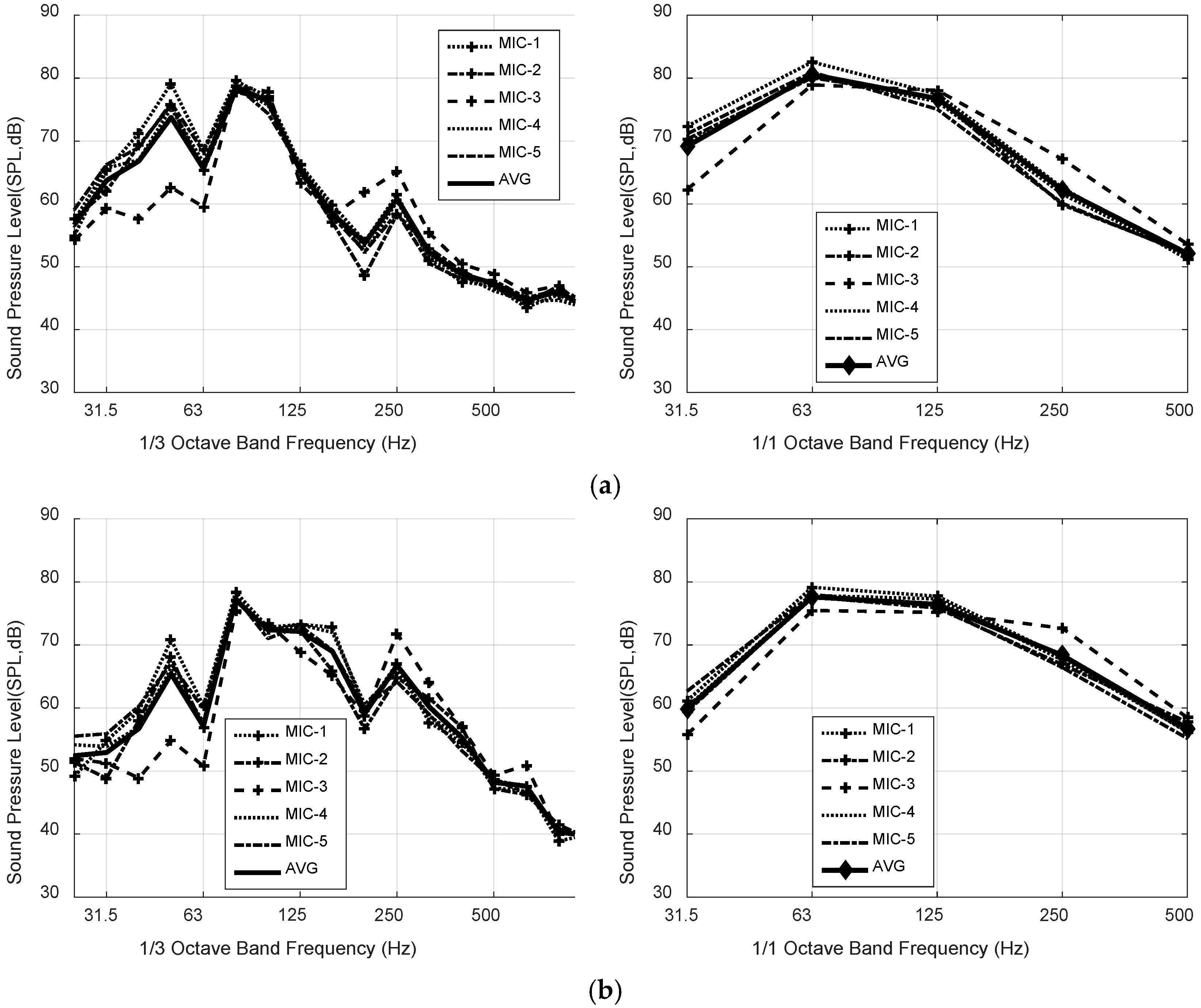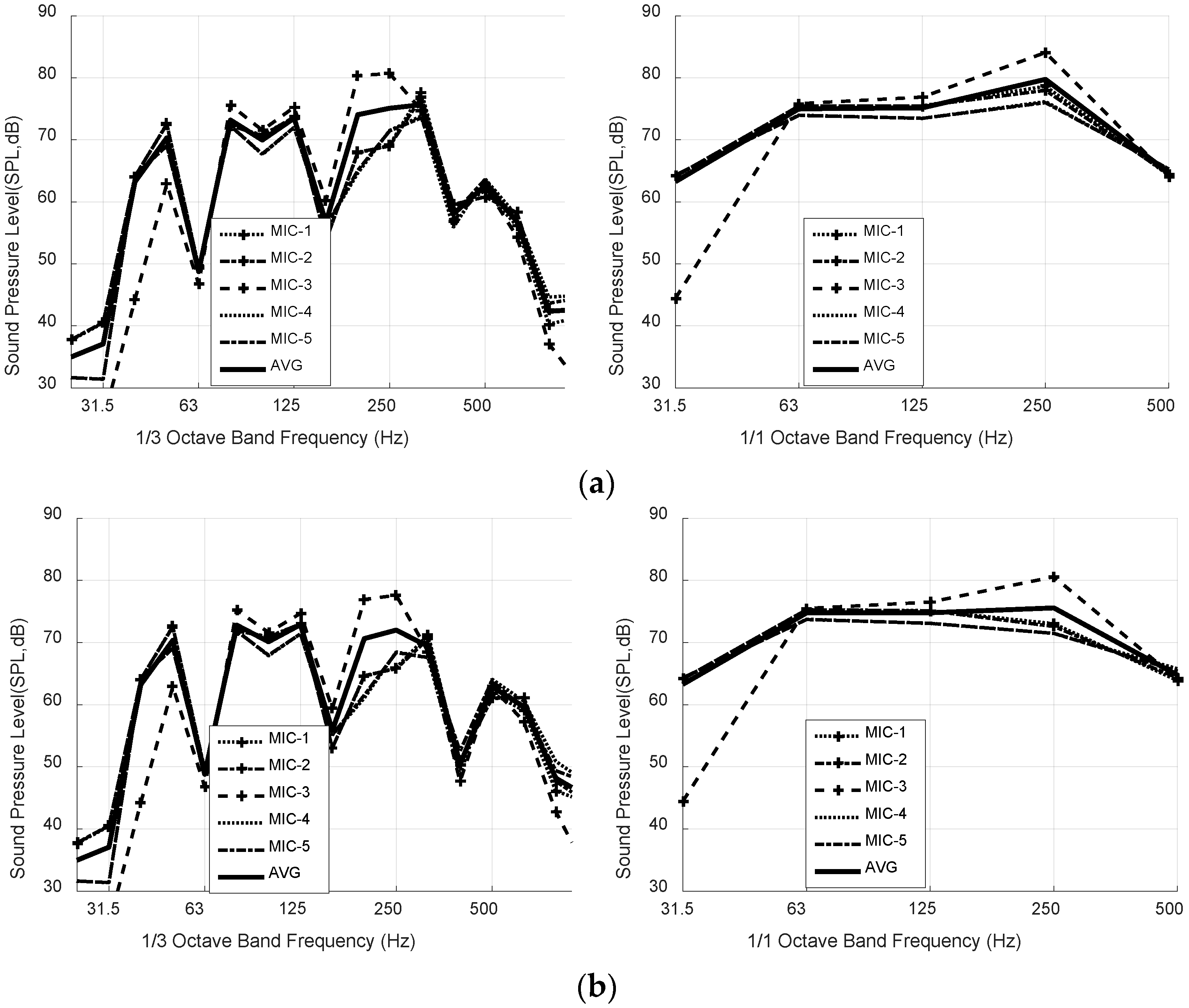1. Introduction
In Korea, the construction of apartment houses began with industrialization and urbanization, and the demand for the construction of apartment houses has steadily increased in order to promote the effective utilization of limited land area and solve overcrowding in large cities. The word “apartment house” here refers to houses with a structure in which each household that shares the use of some or all of walls, hallways, stairs, and where other facilities of one building lead an independent residential life within the building—its type and scope includes apartments, townhouses, and multi-family homes defined in the regulations on the types of buildings by use in Article 3 (4) of the Enforcement Decree of the Building Act [
1]. According to the results of the statistical data from the 2015 national census, the total population that resides in apartment houses accounted for 57.2% (including 47.1% living in apartments) of entire households [
2].
The interlayer noise inside apartments has become a critical social problem, and is mainly caused by the impact arising from children rapidly walking or running, and adults walking in adjacent houses. This causes discomfort to the residents and has become a major cause of conflicts between neighbors, which can sometimes lead to murder or assault. The impact noise arising from the apartment houses is mainly divided into light weight impact noise and heavy weight impact noise according to the impact cause and duration time.
Of these, light weight impact noise is created by the falling of light weight objects or the movement of household goods. Kim
et al. [
3] found that a floating floor method using resilient materials ensures fairly good performance against light weight impact noise, but has rather negative side effects due to the resonance on the heavy weight impact noise caused by the falling of heavy objects or children walking/running. Many studies have been conducted regarding the development of resilient materials with excellent performance that can effectively reduce the heavy weight impact noise. Taken together, these findings reveal that a study on the structural type and floor plane should be conducted together with resilient materials in order to effectively control the heavy weight impact noise [
4]. Branco and Godinho [
5] proposed the use of various types of lightweight mortars, which are cement mortars containing expanded polystyrene, expanded cork, and expanded clay granulates, to minimize impact sound transmission. Laboratory experiments using a small-size acoustic chamber were carried out to evaluate the acoustic characteristics of lightweight mortars. Finally, it was concluded that the presence of the resilient underlay has a dominant influence on the global acoustic performance of the system.
The systematic analysis on the impact source, transmission path of the impact vibration inside the apartment house resulting from the impact source and response of the structure to the impact source is needed in order to fundamentally resolve the interlayer noise problem. In a related move, recent studies have been actively conducted to solve the interlayer noise problem by using numerical analysis techniques of finite element methods (FEM) and boundary element methods (BEM), experimental approaches such as experimental impact analysis depending on the ceiling structure and support structure [
6], and performance analysis of impact noise depending on the configuration of the resilient materials [
7,
8,
9,
10].
Pereira
et al. proposed a strategy to determine the noise reduction provided by floor coverings following the ISO/CD 16251-1 technical document. Experiments including resilient coverings, floating floors, and floating slabs were carried out and compared with those obtained using the procedures described in the standards EN ISO 140-8 and EN ISO 717-2 [
11]. Davis
et al. [
12] proposed an experimental procedure to estimate the dynamic properties of the floor and calibrated the model using finite element analysis. The proposed method illustrated by a case study of an in-service floor was shown to be economical, convenient, and effective when comparing full experimental modal analysis. Sousa and Gibbs carried out a systematic investigation of measurement and prediction uncertainty associated with impact sound transmission at low frequencies. Several factors, such as location of the impact, type of floor, edge conditions, floor and room dimensions, room absorption, and position of the receiver were considered in his study [
13]. Robinson and Hopkins studied the use of Transient Statistical Energy Analysis (TSEA) to predict impact sounds and to measure heavy/soft impacts in buildings in terms of the sound pressure level. The rubber ball and human footsteps with three different kinds of footwear were considered as impact sources [
14].
This study aims to develop analytical impact force models on the standard heavy weight impact source required for vibration and noise analysis using numerical analysis techniques to resolve the problem of interlayer noise inside apartment houses. In this case, the standard heavy weight impact sources include impact ball and bang machine impact sources specified in the KS (Korean industrial standards) F 2810 [
15], ISO 10140 [
16], ISO 16283 [
17], and JIS A 1418 [
18]. As of 2015, the impact ball was excluded from the interlayer noise measurements of apartment houses, and the relevant details are specified in the revised notice (Ministry of Land, Infrastructure and Transport Notice No. 2015-727: Criteria for structure recognition and management on the floor impact sound insulation in multi-family residential housing [
19]). However, in this study, impact ball and bang machine impact sources were all taken into consideration. The verification of the developed analytical impact force models were implemented through a comparative analysis on the impact exposure level of the standard heavy weight impact source presented in KS F 2810 [
15]. Lastly, a FEM numerical analysis on the vibration and noise of wall-type specimen was conducted using the analytical impact force models developed in this study, and a comparison with the actual measurement data was also performed.
4. Summary and Conclusions
The main purpose of this study is to propose a numerical model on the impact source required to use a numerical analysis method with respect to the interlayer noise problem. Ten measurements were performed for each impact source, and an analytical impact force model was proposed using the mean value. With regard to the proposed model, a verification was conducted through the impact exposure level value presented by KS in relation to the proposed analytical impact force model. With the use of the verified analytical impact force model and the mean force of the 10 impact force measurement values, a numerical analysis on the wall-type structure was conducted. For verification of the analysis results, field noise measurements were performed, and a comparison with the numerical analysis results was carried out. According to the comparison results, the results of the numerical analysis using the analytical impact force model proposed in this study exhibited a relatively higher accuracy than the utilization of the mean force of 10 impact force measurement values.
Therefore, the analytical impact force model of the bang machine and impact ball proposed in this study demonstrated the possibility of approaches to numerical analysis along with research through existing experiments and is predicted to be used in a variety of studies attempting to resolve interlayer noise problems—such as numerical analytical research on the shape of new bottom plates and the characteristics of resilient materials, as well as variable research on the various boundary conditions (structural support and connection conditions, material properties, shape of the structure, etc.) which pose difficulties due to the problem of both limited costs and time in resolving interlayer noise problems. In addition, it is expected that the numerical analysis approaches of various conditions will help to resolve interlayer noise problems based on a fundamental understanding of the causes for the interlayer noise and transmission paths through the bottom plate and walls.

